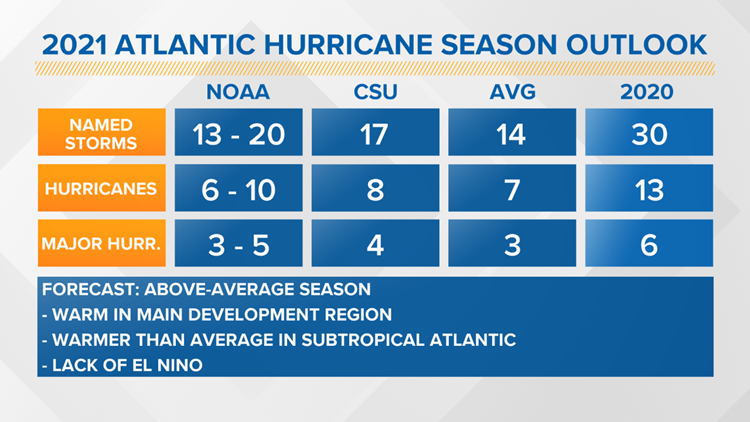TEXAS, USA — The 2021 Atlantic Hurricane Season begins in just a few days, on June 1st. It is time to begin talking about the tropics and preparing for the upcoming season. Despite the official June start date, May cannot be slept on. In 2020, there were two preseason storms. Arthur developed in the middle of May while Bertha developed during the end of May. Over the past decade (2011-2020), ten preseason storms have developed, which is the most in modern record-keeping. What we will keep an eye on over the next two weeks, in the Gulf, are cold fronts that move into the northern and central Gulf, helping "spawn" tropical and/or subtropical cyclones. Typically, these systems are weak, but can be efficient rain producers.

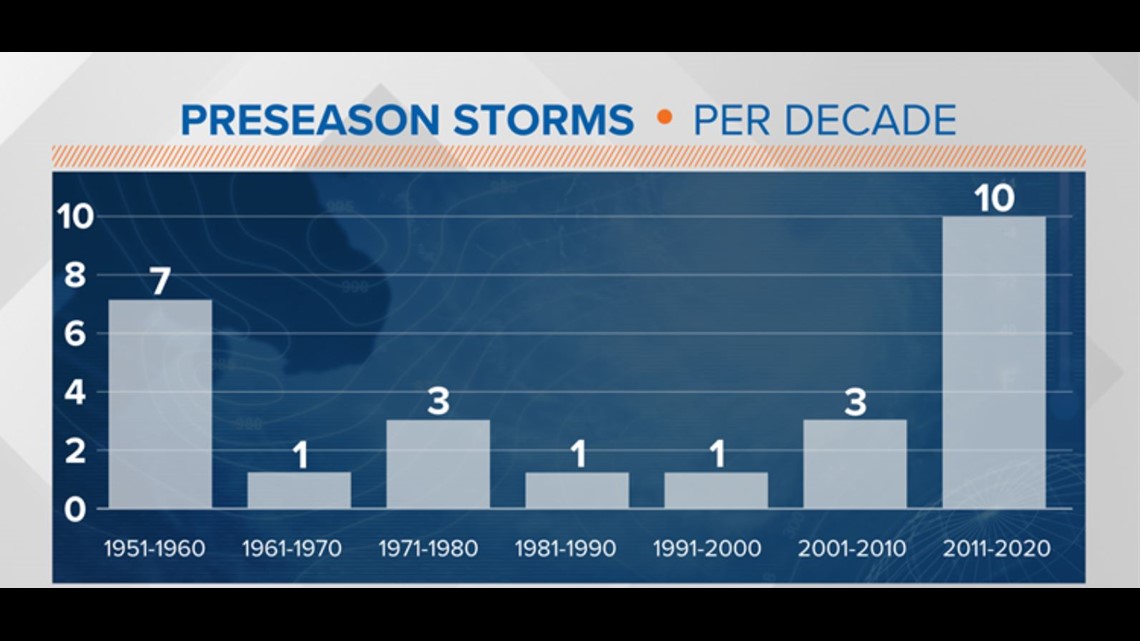
An area we are watching over the North Atlantic is just northeast of Bermuda. A low pressure will move over warmer waters with less environmental wind shear, which should allow the first subtropical storm of the season to develop this week. This system would become Ana if named. No impacts to the United States are expected.

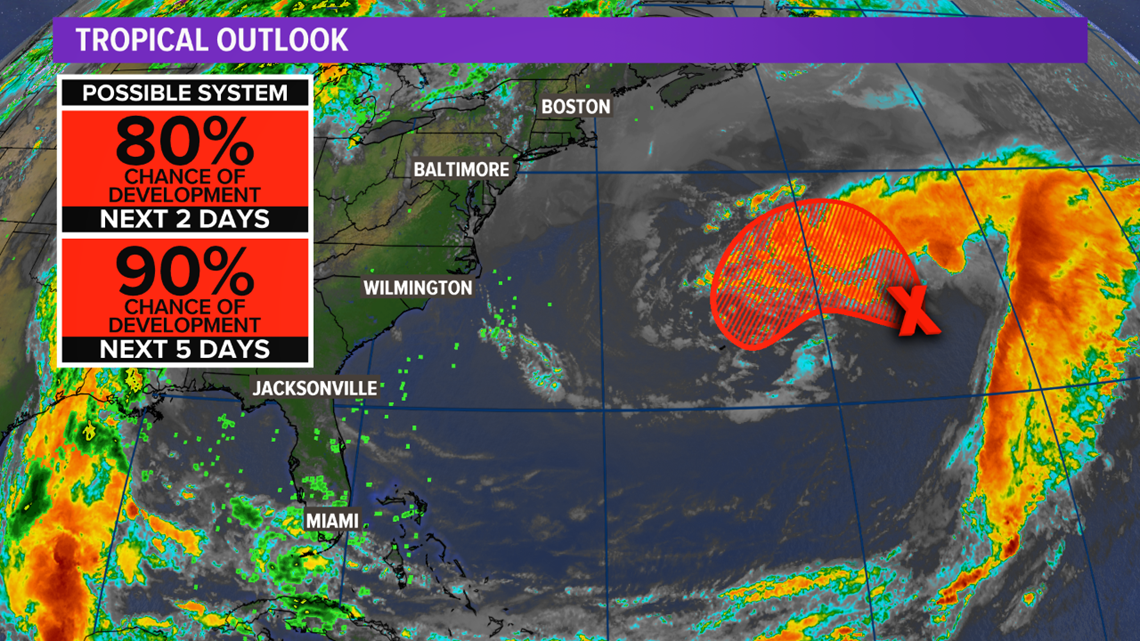
The frequency of tropical cyclones steadily climbs from May to September 10th. Due to the frequency of tropical activity developing prior to June 1st, the National Hurricane Center will begin issuing tropical outlooks on May 15th.

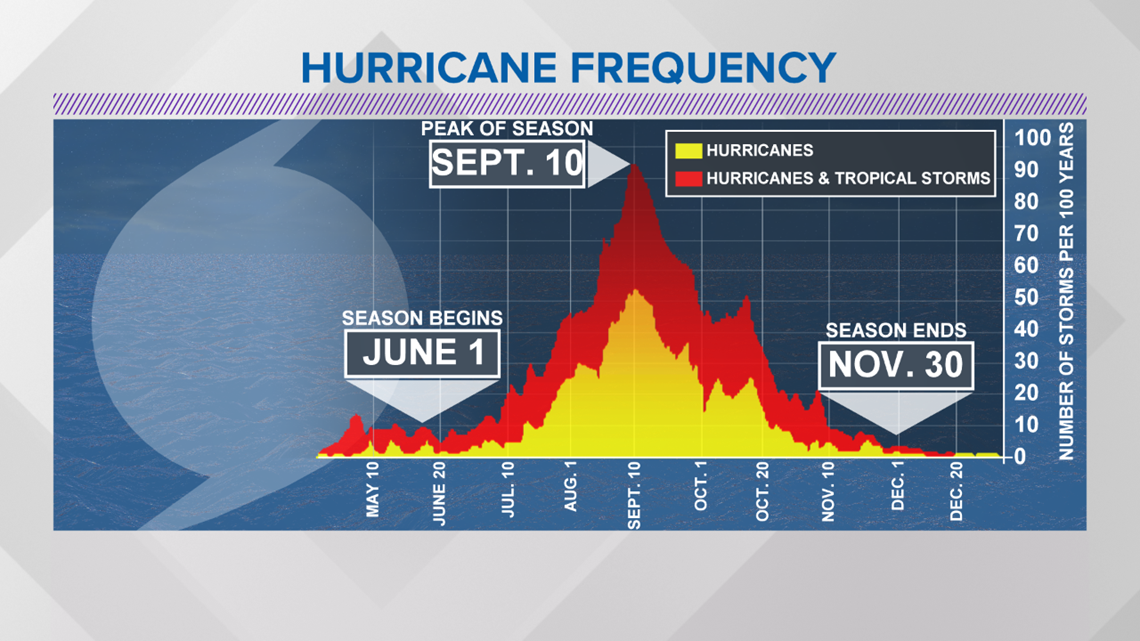
The 2021 Atlantic Hurricane Season is forecast to be above average. This coming off the most active hurricane season on record with 30-named storms and 6 hurricanes hitting the United States. One of the most well-known and prestigious outlooks was released several weeks ago. Colorado State University announced its 2021 Atlantic basin seasonal hurricane forecast and is expecting an above average season with 17 named storms, 8 hurricanes and 4 major hurricanes. NOAA is also forecast an above average season with 13 to 20 named storms, 6 to 10 of those becoming hurricanes, along with 3 to 5 major hurricanes. A major hurricane is classified as a Category 3 or stronger. What is most concerning about the forecast is that experts anticipate an above average probability for major hurricanes making landfall along the U.S. coastline and in the Caribbean.

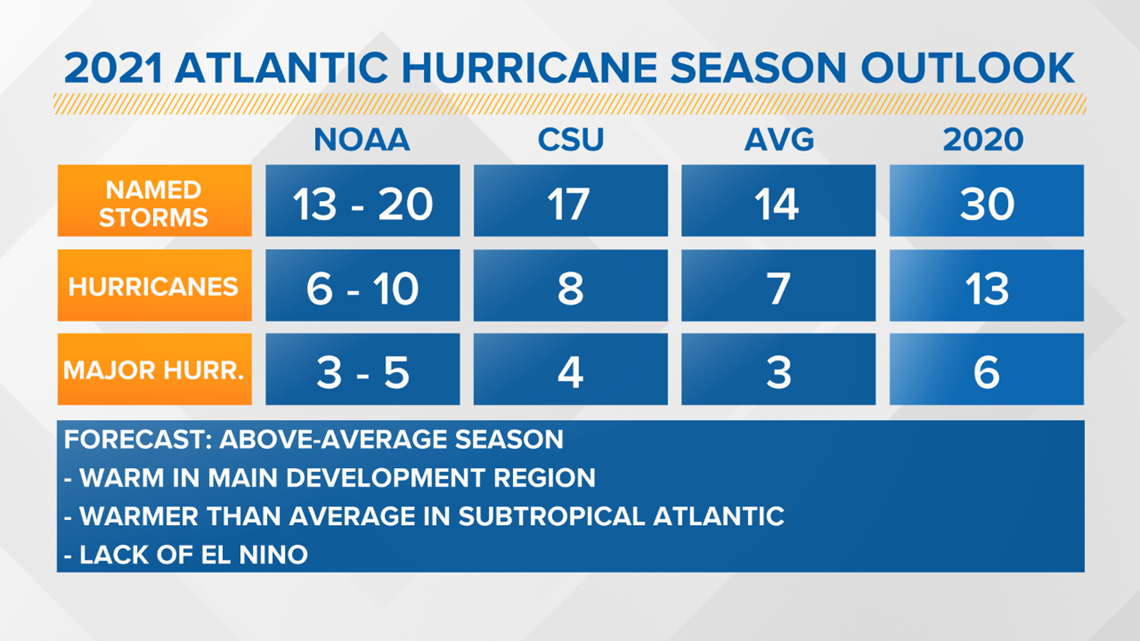
One of the main factors favoring an above average season is the absence of El Niño. El Niño tends to create a hostile environment over the tropical Atlantic, disrupting the development and strengthening of tropical cyclones. Without El Niño, this favors an above average Atlantic season. Another factor favoring an above average season is warmer than average sea surface temperatures across the basin, especially near the main development region. Parts of the Atlantic ocean are 0.5-degrees warmer than average. Warm sea surface temperatures aid in the development and strengthening of tropical cyclones, which will help boost the numbers above average this season.
Earlier this year, the northern and western Gulf of Mexico water temperatures were running below average due to the Arctic outbreak in February. Those temperatures have slowly recovered throughout March and April and are not expected to mitigate the numbers this season.

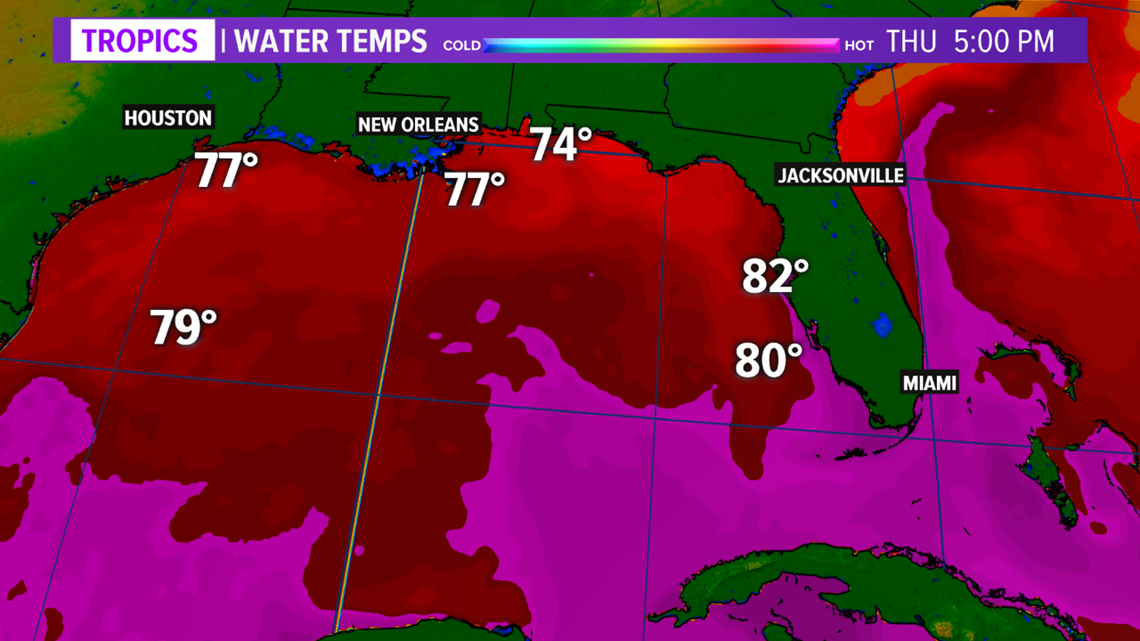
The 2021 forecast from CSU is slightly higher than their forecast last year. Their 2020 forecast predicted 16 storms, 8 hurricanes and 4 major hurricanes. The 2021 forecast from CSU will be revised at the beginning of June. Go ahead and begin preparing for hurricane season now. Create your hurricane kit and make sure your insurance is up-to-date.

